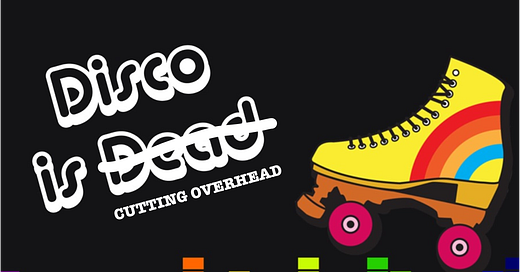HAPPY FRIDAY WAR & PEACENIKS! LET’S DISCO!
Yesterday, for the first time ever, Warner Brothers Discovery announced their combined earnings. The BIG big story, though, was not what’s happened, but what’s to come: How will these two companies and platforms combine to create the scale necessary to compete with the likes of Disney and Netflix AND Apple and A…
Keep reading with a 7-day free trial
Subscribe to Media War & Peace to keep reading this post and get 7 days of free access to the full post archives.





